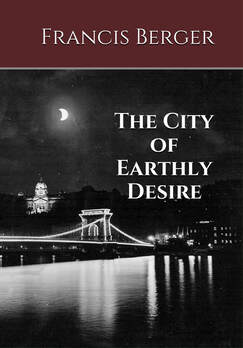Koszta's style is relatively simple and somewhat impressionistic, but his mastery of backlighting and shadow is second to none. Nowhere is this more apparent than in his paintings depicting rural folk engaged in agricultural field work in the Great Hungarian Plain. Koszta's magnificent sense of color perfectly reflects the flat expanses of land under vast, looming skies. Through his painstaking effort to place shadows exactly where they should be, Koszta expertly shrouds his field workers so that their identifying features become one with the landscape, thereby blurring the line separating the land from the people. In Koszta's eyes, the people seemed to be as much a part of the landscape as the natural and agricultural features in the background - there was no notable distinction between the two. In Koszta's mind, the one belonged to the other and vice-versa, which is why he probably depicting the figures in his field work paintings the way he did.
|
József Koszta (1861 - 1949) is one of my favorite Hungarian painters mostly because of the subject matter of his paintings. Born is what is today Brasov, Romania, Koszta spent a great deal of time in the Hungarian Great Plain - a flat expanse of fields and meadows that covers much of the eastern part of the country - and consequently fell in love with the people and the landscape that typified the region during his time.
Koszta's style is relatively simple and somewhat impressionistic, but his mastery of backlighting and shadow is second to none. Nowhere is this more apparent than in his paintings depicting rural folk engaged in agricultural field work in the Great Hungarian Plain. Koszta's magnificent sense of color perfectly reflects the flat expanses of land under vast, looming skies. Through his painstaking effort to place shadows exactly where they should be, Koszta expertly shrouds his field workers so that their identifying features become one with the landscape, thereby blurring the line separating the land from the people. In Koszta's eyes, the people seemed to be as much a part of the landscape as the natural and agricultural features in the background - there was no notable distinction between the two. In Koszta's mind, the one belonged to the other and vice-versa, which is why he probably depicting the figures in his field work paintings the way he did.
0 Comments
Your comment will be posted after it is approved.
Leave a Reply. |
Blog and Comments
Blog posts tend to be spontaneous, unpolished, first draft entries ranging from the insightful and periodically profound to the poorly-argued and occasionally disparaging. Comments are welcome but moderated. Please use your name or a pseudonym in comments. Emails welcome: f er en c ber g er (at) h otm ail (dot) co m Blogs/Sites I Read
Bruce Charlton's Notions Meeting the Masters From The Narrow Desert Synlogos ✞ Aggregator New World Island New World Island YouTube Steeple Tea Adam Piggott Fourth Gospel Blog The Orthosphere Junior Ganymede Trees and Triads nicholasberdyaev Archives
July 2024
|
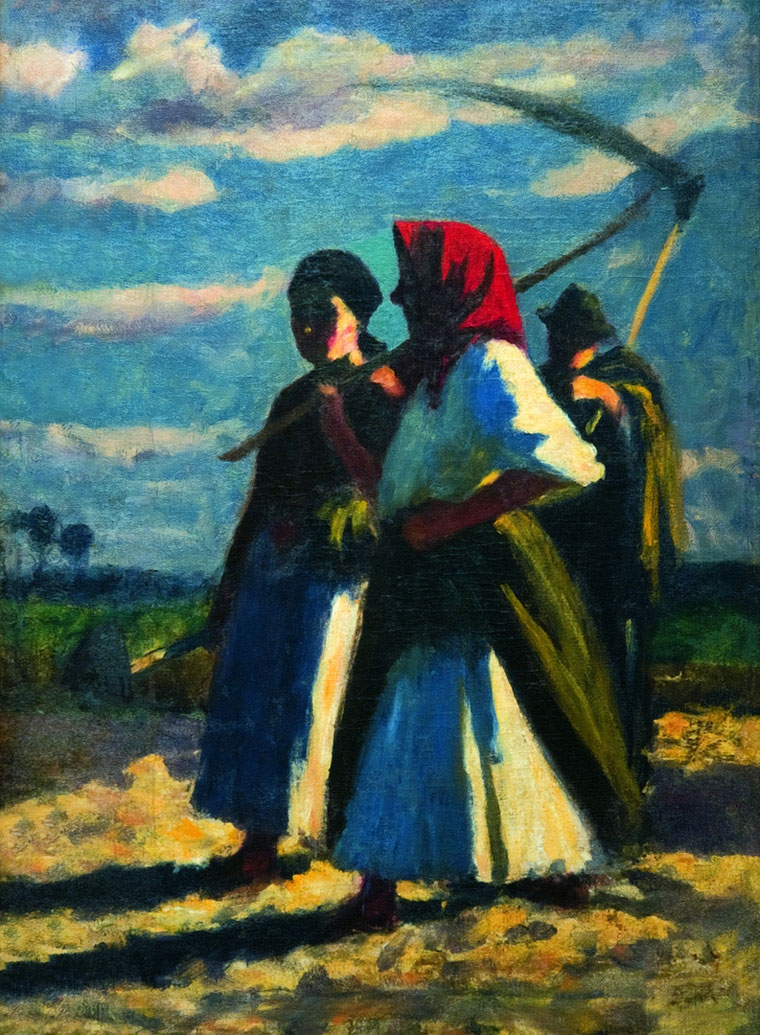
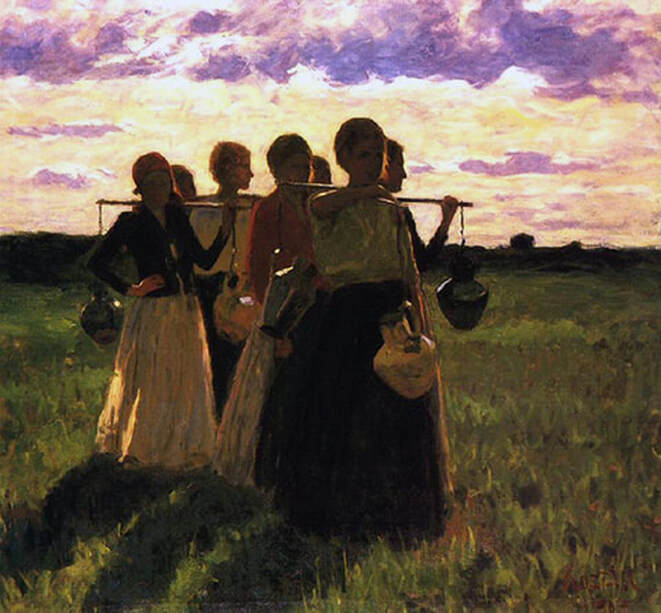
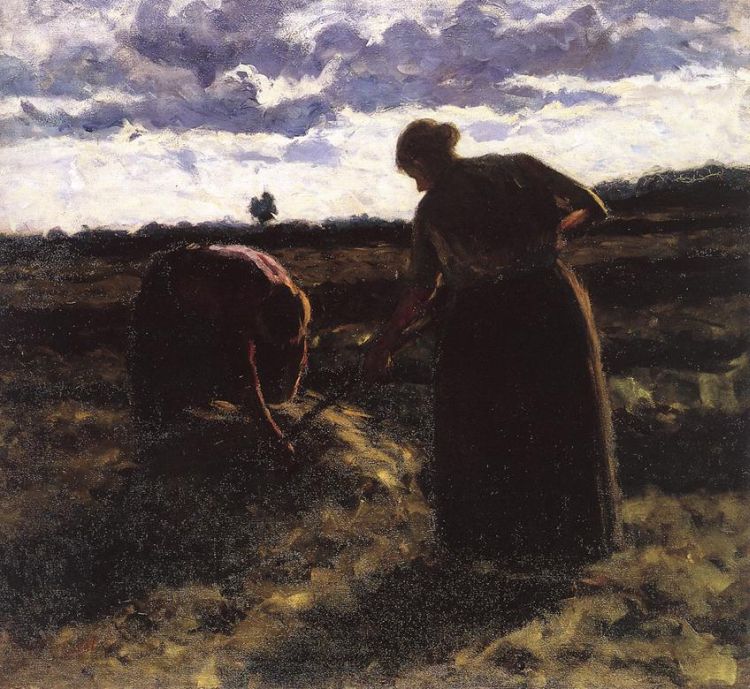
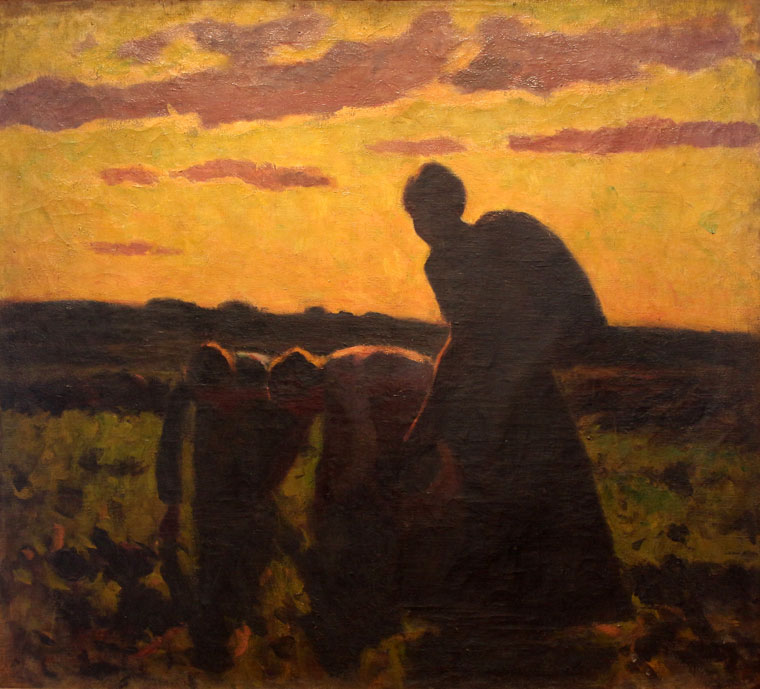

 RSS Feed
RSS Feed
